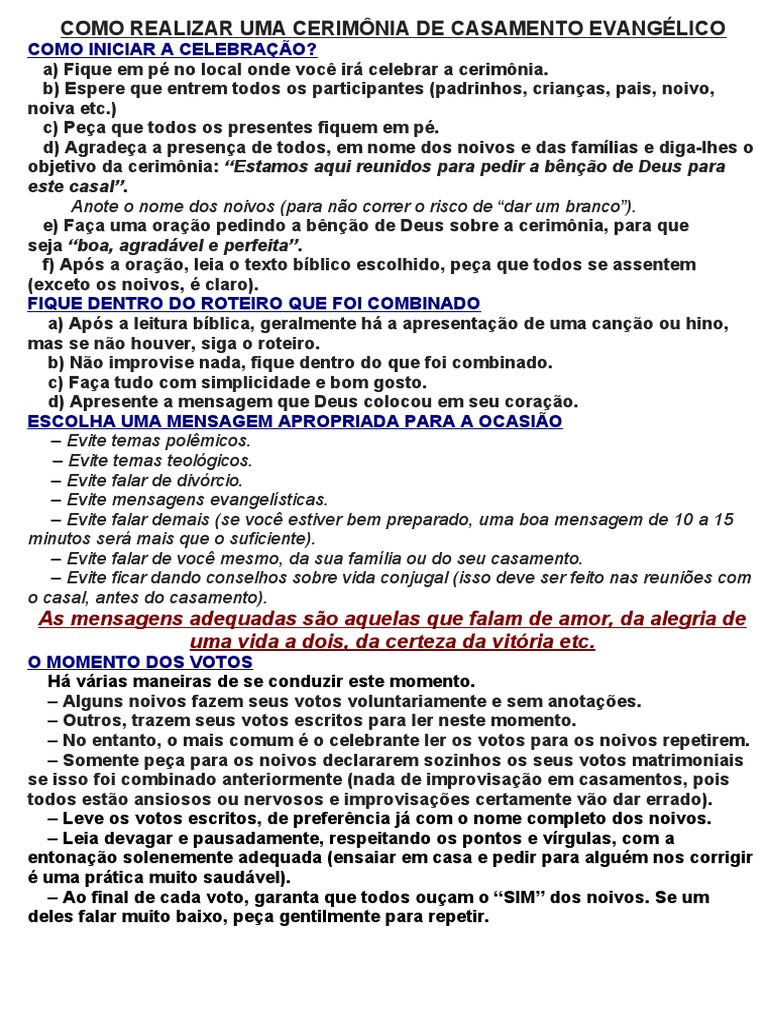PDF] Patent Ductus Arteriousus Device Closure in an Infant with Rubinstein–Taybi Syndrome
Por um escritor misterioso
Last updated 12 abril 2025
![PDF] Patent Ductus Arteriousus Device Closure in an Infant with Rubinstein–Taybi Syndrome](https://d3i71xaburhd42.cloudfront.net/76d00455660f8d0dfa42fcd70278635b6c0e6ff5/1-Figure1-1.png)
A typical six-month-old girl with Rubinstein–Taybi syndrome was presented with typical facial changes including downward-sloping palpebral fissures, prominent forehead, hypertelorism, limited mouth opening, large beaked nose, and high arched palate. Rubinstein–Taybi syndrome (RTS) was first described by Michail et al[1] and subsequently by Rubinstein and Taybi[2]. We present a typical six-month-old girl with RTS. Her mother had ovarian cancer and polyhydramnios during the pregnancy. Parents are closely related. There were frequent respiratory infections resulting in two hospital admissions. Physical examination revealed typical facial changes including downward-sloping palpebral fissures, prominent forehead, hypertelorism, limited mouth opening, large beaked nose, and high arched palate (Fig. 1). A history of increased tearing was compatible with nasolacrimal duct obstruction. Other features include general hypotonia with delayed developmental milestones, short and broad thumbs and toes (Fig. 1). Chest x-ray showed cardiomegaly (Fig. 2). She had normal karyotype.
![PDF] Patent Ductus Arteriousus Device Closure in an Infant with Rubinstein–Taybi Syndrome](https://d3i71xaburhd42.cloudfront.net/e26024cbcda91686a23ad5772202713ea6665ad7/2-Figure2-1.png)
PDF] Patent ductus arteriosus closure using an Amplatzer ventricular septal defect closure device in adulthood
![PDF] Patent Ductus Arteriousus Device Closure in an Infant with Rubinstein–Taybi Syndrome](https://www.ahajournals.org/cms/asset/da397e7a-c095-4af0-b063-c25e9a6b9d6c/jah37672-fig-0002.png)
Patent Ductus Arteriosus: A Contemporary Perspective for the Pediatric and Adult Cardiac Care Provider
![PDF] Patent Ductus Arteriousus Device Closure in an Infant with Rubinstein–Taybi Syndrome](https://d3i71xaburhd42.cloudfront.net/23617ae5de57698a16f51313ff821d46e487f2c2/7-Table7-1.png)
PDF] Percutaneous Patent Ductus Arteriosus (PDA) Closure in Very Preterm Infants: Feasibility and Complications
![PDF] Patent Ductus Arteriousus Device Closure in an Infant with Rubinstein–Taybi Syndrome](https://www.researchgate.net/profile/Patrick-Mcnamara-14/publication/324968903/figure/fig2/AS:963235947741187@1606664754763/Assessment-of-DA-closure-A-Before-sonography-DA-closure-rates-were-determined-by-the_Q320.jpg)
PDF) Patent ductus arteriosus: The physiology of transition
![PDF] Patent Ductus Arteriousus Device Closure in an Infant with Rubinstein–Taybi Syndrome](https://www.chop.edu/sites/default/files/patent-ductus-arteriosus-treatment-illustration-272px.png)
Patent Ductus Arteriosus (PDA) Children's Hospital of Philadelphia
![PDF] Patent Ductus Arteriousus Device Closure in an Infant with Rubinstein–Taybi Syndrome](https://media.springernature.com/m685/springer-static/image/art%3A10.1186%2F1750-1172-4-17/MediaObjects/13023_2008_Article_151_Fig4_HTML.jpg)
Patent arterial duct, Orphanet Journal of Rare Diseases
![PDF] Patent Ductus Arteriousus Device Closure in an Infant with Rubinstein–Taybi Syndrome](https://i1.rgstatic.net/ii/profile.image/926912121675782-1598004479904_Q64/Ehsan-Aghaei-Moghadam.jpg)
PDF) Patent Ductus Arteriousus Device Closure in an Infant with Rubinstein–Taybi Syndrome
![PDF] Patent Ductus Arteriousus Device Closure in an Infant with Rubinstein–Taybi Syndrome](https://www.frontiersin.org/files/Articles/615919/fped-08-615919-HTML/image_m/fped-08-615919-g001.jpg)
Frontiers Transcatheter Closure of Patent Ductus Arteriosus in Premature Infants With Very Low Birth Weight
![PDF] Patent Ductus Arteriousus Device Closure in an Infant with Rubinstein–Taybi Syndrome](https://www.ahajournals.org/cms/asset/d0e870a7-cb5d-431d-be0d-e78f1c32acb3/jah37672-fig-0005.png)
Patent Ductus Arteriosus: A Contemporary Perspective for the Pediatric and Adult Cardiac Care Provider
![PDF] Patent Ductus Arteriousus Device Closure in an Infant with Rubinstein–Taybi Syndrome](https://image.slidesharecdn.com/pdanew27-230728061043-255bae9f/85/pdapptx-1-320.jpg?cb=1690524966)
PDA.pptx
Recomendado para você
-
 Rubinstein-Taybi Syndrome12 abril 2025
Rubinstein-Taybi Syndrome12 abril 2025 -
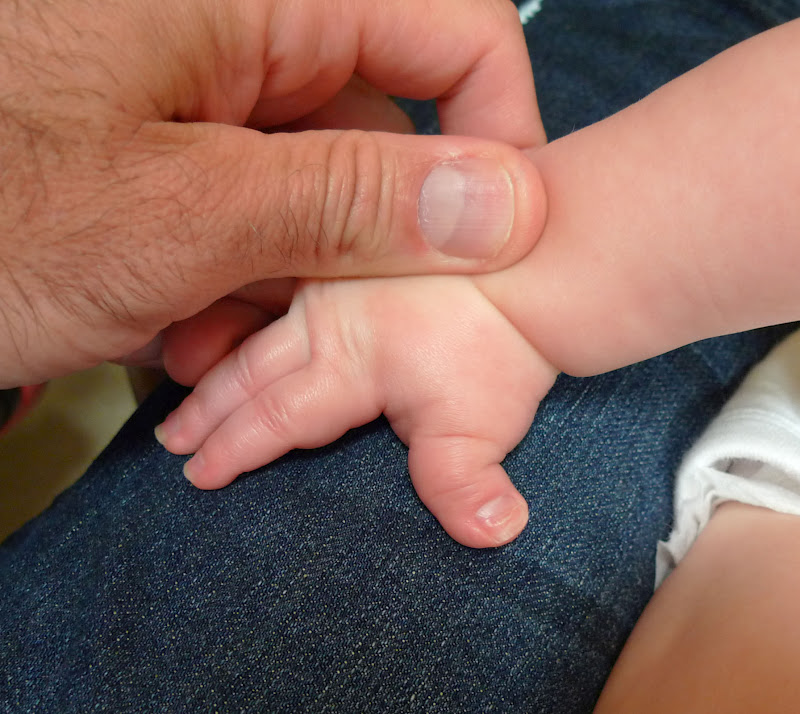 Rubinstein- Taybi Syndrome Congenital Hand and Arm Differences12 abril 2025
Rubinstein- Taybi Syndrome Congenital Hand and Arm Differences12 abril 2025 -
 Dia internacional da Síndrome de Rubinstein-Taybi: o que é e a importância da terapia - Jornal de Brasília12 abril 2025
Dia internacional da Síndrome de Rubinstein-Taybi: o que é e a importância da terapia - Jornal de Brasília12 abril 2025 -
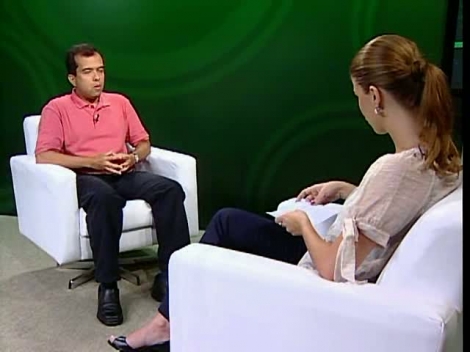 Sindrome de Rubinstein Taybi12 abril 2025
Sindrome de Rubinstein Taybi12 abril 2025 -
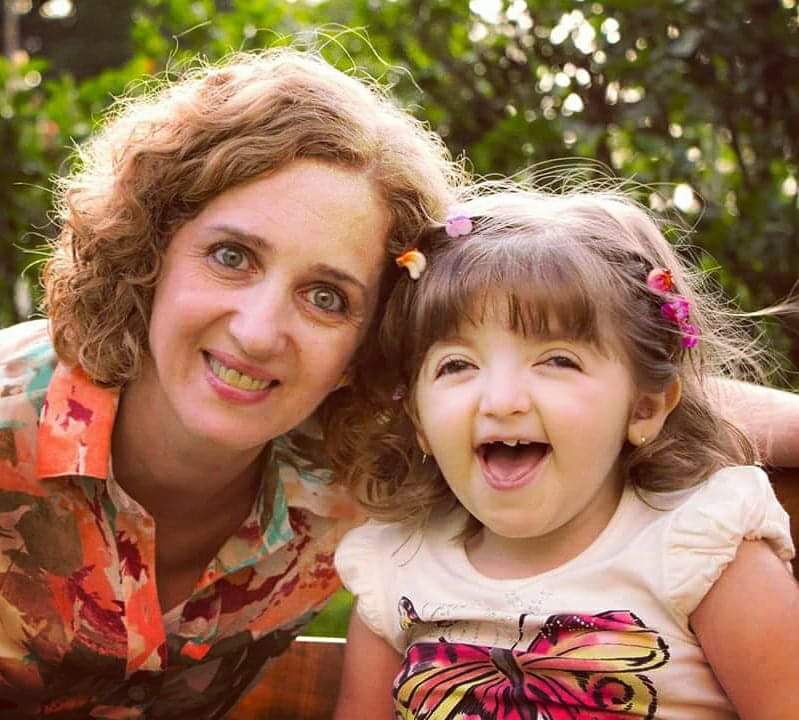 Silvana é a mãe super-heroína de Lara • História do Dia12 abril 2025
Silvana é a mãe super-heroína de Lara • História do Dia12 abril 2025 -
 Día Internacional del Síndrome de Rubinstein-Taybi - AMIIF12 abril 2025
Día Internacional del Síndrome de Rubinstein-Taybi - AMIIF12 abril 2025 -
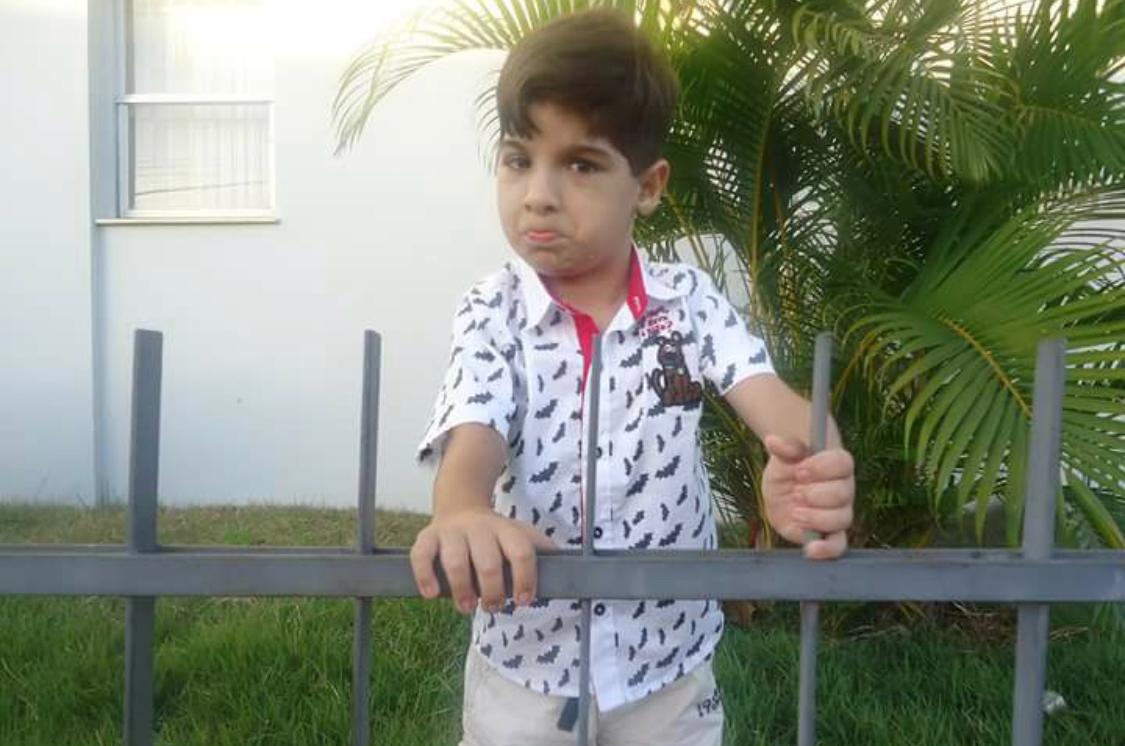 O que é síndrome de Rubinstein-Taybi? - Crianças Especiais12 abril 2025
O que é síndrome de Rubinstein-Taybi? - Crianças Especiais12 abril 2025 -
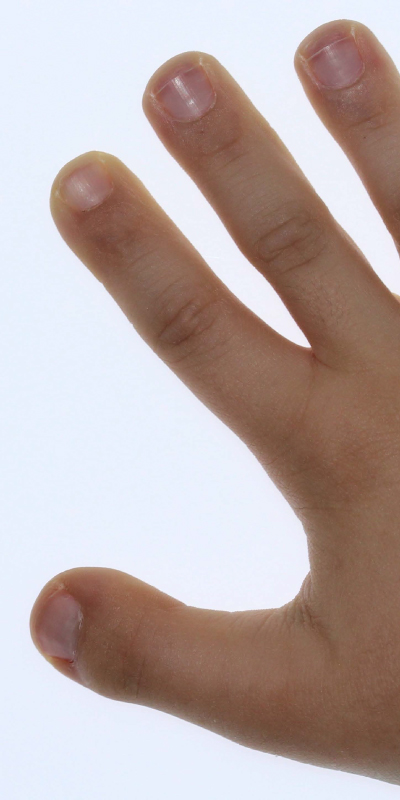 Sindrome di Rubinstein-Taybi: cos'è e come si manifesta12 abril 2025
Sindrome di Rubinstein-Taybi: cos'è e come si manifesta12 abril 2025 -
ALPI Rafaela - 🔹 Día Mundial del Síndrome de Rubinstein12 abril 2025
-
 Rubinstein‐Taybi syndrome in Chinese population with four novel mutations - Yu - 2021 - American Journal of Medical Genetics Part A - Wiley Online Library12 abril 2025
Rubinstein‐Taybi syndrome in Chinese population with four novel mutations - Yu - 2021 - American Journal of Medical Genetics Part A - Wiley Online Library12 abril 2025
você pode gostar
-
 Cute Cartoon Vampire Boy And Witch In Anime, Manga Style. Royalty12 abril 2025
Cute Cartoon Vampire Boy And Witch In Anime, Manga Style. Royalty12 abril 2025 -
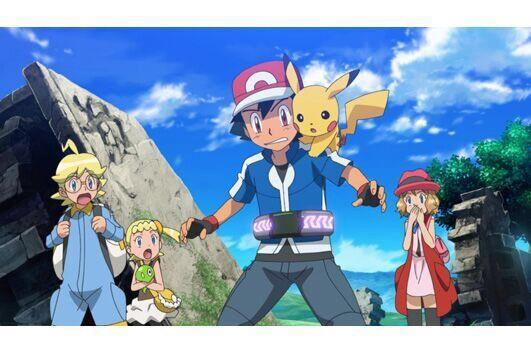 Pokemon Go' fever fails to ignite latest film release, News12 abril 2025
Pokemon Go' fever fails to ignite latest film release, News12 abril 2025 -
Como Realizar Uma Cerimonia de Casamento Evangelico, PDF, Amor12 abril 2025
-
 Stream CregoEgo X HHGG ~ I'll Getcho African Spear Cheeks by boof tink12 abril 2025
Stream CregoEgo X HHGG ~ I'll Getcho African Spear Cheeks by boof tink12 abril 2025 -
 Luna, Stadia e Jogos Grátis no GeForce Now12 abril 2025
Luna, Stadia e Jogos Grátis no GeForce Now12 abril 2025 -
 The of Kadokawa has a trailer for an official crossover of KonoSuba, Overlord, Re:Zero & Youjo Senki (Saga of Tanya the Evil). : r/Konosuba12 abril 2025
The of Kadokawa has a trailer for an official crossover of KonoSuba, Overlord, Re:Zero & Youjo Senki (Saga of Tanya the Evil). : r/Konosuba12 abril 2025 -
 Uma paisagem surreal de deserto onde a areia movediça 00494 0012 abril 2025
Uma paisagem surreal de deserto onde a areia movediça 00494 0012 abril 2025 -
 Promotional art for the Overlord movie by Youjo Senki LN12 abril 2025
Promotional art for the Overlord movie by Youjo Senki LN12 abril 2025 -
 Buy Evolution Card Set - Tyrogue Hitmontop Hitmonlee Hitmonchan - Sun Moon Unbroken Bonds & Team Up - 4 Card Lot Online at desertcartEGYPT12 abril 2025
Buy Evolution Card Set - Tyrogue Hitmontop Hitmonlee Hitmonchan - Sun Moon Unbroken Bonds & Team Up - 4 Card Lot Online at desertcartEGYPT12 abril 2025 -
 Sonic Movie Pose Assistir filmes gratis dublado, Assistir filmes grátis, Personagens de anime12 abril 2025
Sonic Movie Pose Assistir filmes gratis dublado, Assistir filmes grátis, Personagens de anime12 abril 2025

